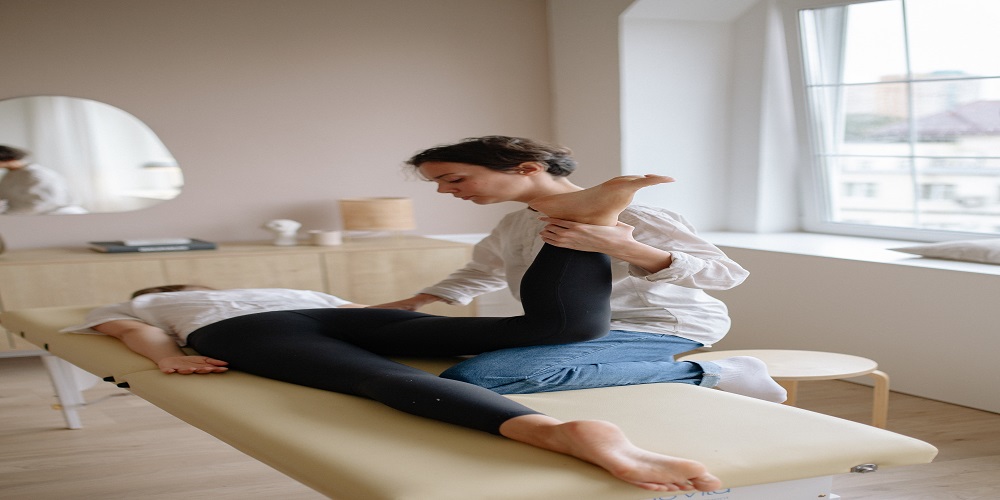Carpal Tunnel Syndrome (CTS) is a common condition that affects the hand and wrist, causing pain, numbness, and tingling sensations. It occurs when the median nerve, which runs from the forearm to the hand, becomes compressed or irritated as it passes through a narrow passage called the carpal tunnel. While various treatment options exist, physiotherapy is an effective non-surgical approach that can provide relief and improve the function of the hand and wrist. In this article, we will explore the techniques and exercises used in physiotherapy to alleviate the symptoms of carpal tunnel syndrome.
Understanding Carpal Tunnel Syndrome
Carpal Tunnel Syndrome is often associated with repetitive motions, such as typing, gripping tools, or using a computer mouse for extended periods. However, it can also be caused by factors such as wrist fractures, arthritis, or hormonal changes. The condition primarily affects individuals who perform repetitive hand and wrist movements regularly, including office workers, musicians, and assembly line workers.
The Role of Physiotherapy
Physiotherapy plays a crucial role in the management of carpal tunnel syndrome. By addressing the underlying causes and providing targeted interventions, professional physiotherapists aim to reduce pain, improve hand function, and prevent further progression of the condition. They utilize a range of techniques and exercises tailored to each individual’s needs.
Techniques Used in Physiotherapy
(a) Manual Therapy: Physiotherapists employ manual techniques to mobilize the wrist, hand, and surrounding structures. These techniques may include joint mobilizations, soft tissue massage, and stretching exercises to alleviate muscle tension and improve flexibility.
(b) Nerve Gliding Exercises: Specific exercises are designed to promote the gliding and sliding of the median nerve within the carpal tunnel. These exercises help reduce nerve compression and improve nerve function.
(c) Ultrasound Therapy: Ultrasound therapy involves the use of high-frequency sound waves to generate heat and increase blood flow to the affected area. This promotes tissue healing, reduces inflammation, and alleviates pain.
(d) Splinting: Physiotherapists may recommend wearing a wrist splint during certain activities or at night to keep the wrist in a neutral position. This helps to reduce pressure on the median nerve and relieve symptoms.
Exercises for Carpal Tunnel Syndrome
- Stretching Exercises: Gentle stretching exercises for the wrist and hand can help improve flexibility and reduce muscle tightness. These exercises should be performed under the guidance of a physiotherapist to ensure proper technique and avoid further injury.
- Strengthening Exercises: Strengthening the muscles in the hand, forearm, and upper arm can help support the wrist and reduce strain on the carpal tunnel. Examples of strengthening exercises include wrist curls, forearm pronation and supination, and grip exercises.
- Range of Motion Exercises: Range of motion exercises aim to improve the mobility and flexibility of the wrist and hand joints. These exercises may involve wrist circles, finger flexion and extension, and thumb movements.
Ergonomic Modifications
In addition to exercises and techniques, physiotherapists often provide ergonomic advice to individuals with carpal tunnel syndrome. This includes optimizing workstations, adjusting chair and desk height, using ergonomic keyboards and mice, and taking regular breaks to rest and stretch.
Conclusion
Physiotherapy offers effective techniques, exercises, and ergonomic modifications to alleviate the symptoms of carpal tunnel syndrome. By addressing the underlying causes and promoting optimal hand and wrist function, physiotherapists play a vital role in the management and treatment of this condition. If you are experiencing symptoms of carpal tunnel syndrome, it is recommended to consult with top physiotherapists in Brampton, who can provide personalized care and guidance tailored to your specific needs. Take the first step towards recovery by scheduling an appointment today.

